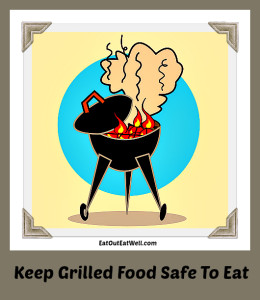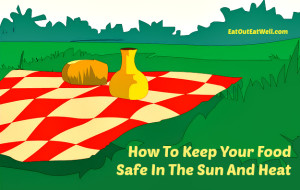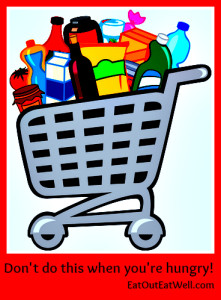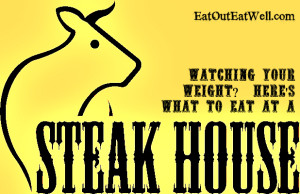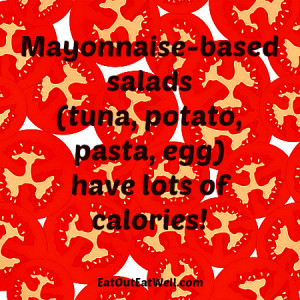 Are you a mayonnaise hater or a mayonnaise lover?
Are you a mayonnaise hater or a mayonnaise lover?
Sometimes the mayonnaise haters love mayonnaise-based salads – so it’s either a “head thing,” being put off by the mouth feel of mayonnaise, or being turned off by the custardy baby food look of plain mayo.
Mayonnaise, a thick and creamy emulsion of oil, egg yolk, and either vinegar or lemon juice, is loaded with calories. Regardless of where you stand on the love it or hate it meter, it’s still the go-to dressing/binder for the staples of summer picnics, barbecues, and parties: potato, egg, tuna, and macaroni salads.
What Is Mayonnaise?
US law requires that commercial mayonnaise contain at least 65% oil by weight (of course reduced-fat and fat-free mayonnaise don’t have to meet the same requirement).
Reduced fat mayonnaise, with a fat content of less than 65%, isn’t actually considered real mayonnaise and usually contains modified food starch, cellulose gel, and other thickeners and emulsifiers. Regular Hellmann’s contains: soybean oil, water, whole eggs, egg yolks,vinegar, salt, sugar, lemon juice, calcium disodium EDTA and natural flavors.
With such a high fat content, it stands to reason that mayonnaise isn’t a low calorie food. One tablespoon (considered a serving) of Hellmann’s mayonnaise has about 90 calories. A tablespoon of Hellmann’s light mayo has 40 calories. A mayonnaise packet (14g) – like you get in fast food places and delis has about 100 calories and 14g of fat.
Mayonnaise-Based Salads:
Add a lot of fat to other ingredients and you have something with a lot of calories. Recipes vary so calorie counts will, too – but here are the estimated calories for one cup of each salad.
Home prepared potato salad: 358 calories
Deli chicken salad: 500-600 calories
Deli tuna salad: around 400 calories
Macaroni salad: 400-500 calories
Calorie Savers:
You could always take just a small potion, but if you’re making the salad you have other options:
- Use reduced fat mayo or fat-free mayo instead of the full fat version.
- Use half mayo half non-or low fat yogurt for the dressing.
- Use oil (sparingly) and vinegar instead of mayo.
- Use yogurt-based dressings like Greek tzatziki (a mixture of yogurt, cucumbers, garlic).
- Add mustard to lighten up and flavor the mayo or yogurt dressings. Herbs and spices can be used for flavor, too.
- Smooth out the curds in cottage cheese (you can use reduced fat cottage cheese) in the blender and add herbs and spices for a lighter dressing.
- Mix chopped avocado into the tuna, potatoes, or pasta for some healthy and delicious flavor. Sprinkle the avocado with lemon or lime to keep it from darkening. Adding other vegetables, too, will add volume without a lot of calories.
- If you like the flavor and the ingredients use a salad dressing like Miracle Whip which doesn’t contain egg yolks and is generally sweeter than mayonnaise. While a tablespoon of full fat Hellmann’s has 90 calories, a tablespoon of full fat Miracle Whip has 40 calories and comes in “lite” and fat-free versions, too. The ingredients in Miracle Whip are: water, soybean oil, vinegar, HFCS (high fructose corn syrup), modified cornstarch, sugar, eggs, salt, natural flavor, mustard flavor, potassium sorbate, paprika, spice and dried garlic.
